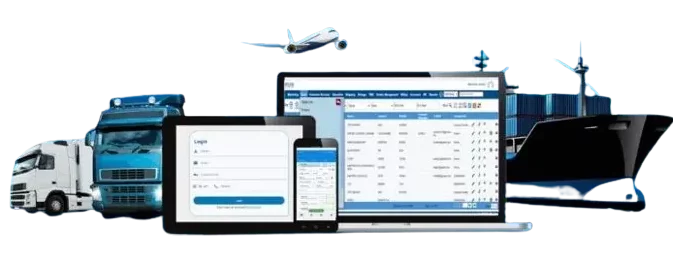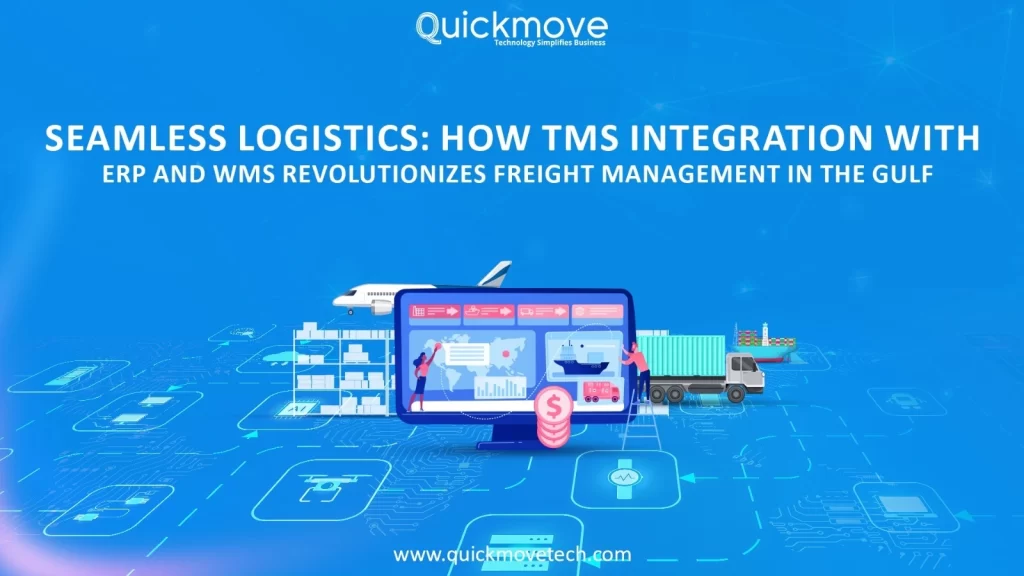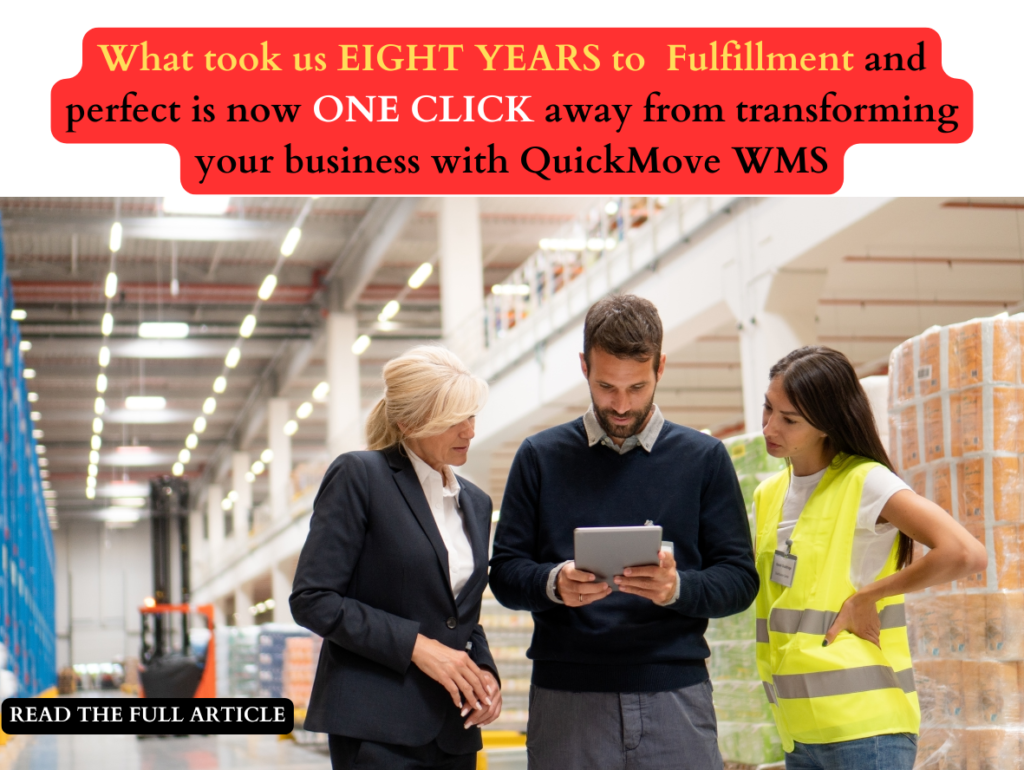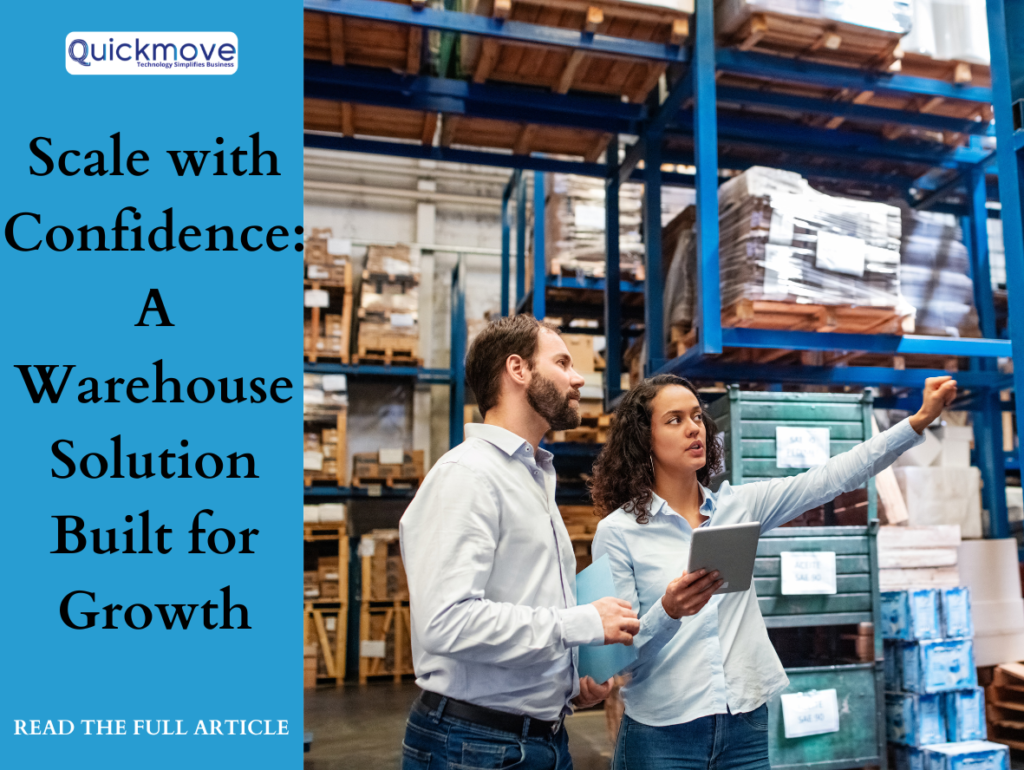In today’s fast-paced logistics world, Gulf carriers are forced to move faster, cheaper, and respond to increasing customer expectations. Efficiency of this sort is more than what a Transport Management System (TMS) or a Warehouse Management System (WMS) can provide on its own—it requires end-to-end integration with mission-essential business applications like Enterprise Resource Planning (ERP).
What Is Integration in Freight Logistics?
Integration involves bringing numerous software systems together so they will be able to exchange information with one another in real time. To freight and logistics providers, that translates into integrating your TMS (Transport Management System), ERP (Enterprise Resource Planning), and WMS (Warehouse Management System) onto an integrated, single platform.
TMS manages transportation activities like dispatching, route optimization, tracking, and delivery.
WMS manages inventory management, warehouse management, and order picking.
ERP processes fundamental business operations like finance, HR, sales, and procurement.
When these systems are integrated, logistics operations are accelerated, improved in accuracy, and reduced in manual intervention.
Advantages of TMS-ERP-WMS Integration to Freight Operators in the Gulf
- End-to-End Visibility
Integration offers real-time information throughout your entire supply chain—first order placement to ultimate delivery. Inventory levels, shipments, invoices, and delivery status can be monitored by freight managers from a single page. - Decision-Making
With all the systems linked together, information is immediately accessible. That is, managers are able to make quicker and better decisions regarding route optimization, warehouse allocation, fleet utilization, and customer delivery timing. - Enhanced Customer Service
Today’s customer’s desire timely and accurate information. Integrated systems enable easier offering of real-time tracking, automated notifications, and improved delivery estimates, leading to greater customer satisfaction. - Reduced Cost
Automation of repetitive operations decreases human entry error and administrative processing. This saves labor expense, prevents delivery late fees, and reduces penalties for inefficiency. - Scalability
When freight companies in the Gulf grow, the integrated system facilitates effortless addition of new warehouses, transport facilities, or services without affecting the operation as usual.
Use Case Example
A UAE-based freight forwarder merges its Transport Management System with ERP and Warehouse Management System. Consequently:
1. The WMS notifies the ERP when an order is filled and ready to be dispatched.
2. The ERP notifies the finance department of billing details.
3. The TMS selects the most efficient route and sends a truck.
4. All systems get updated automatically, providing real-time visibility to the logistics team and customers.
Challenges Encountered During Integration
While it has its benefits, integration also poses some challenges:
1. High Initial Cost
Implementing an integrated system entails software licenses, implementation costs, and potential infrastructure upgrades. This can be expensive for small to mid-sized freight firms.
2. Data Incompatibility
Different systems may store data in different formats. Merging them requires strict data mapping to ensure information is transferred smoothly without inconsistencies.
3. Training and Change Management
The employees must be trained to function within the new system. Change resistance can hinder the transition and impact early productivity.
4. Risks of Downtime
System downtime, which temporarily impacts day-to-day logistics operations, can occur in the process of integration.
5. Coordination with Vendors
Integration sometimes involves coordination among several software vendors. Inefficient coordination between them results in latency and misconfigurations.
Conclusion
For Gulf freight operators, it is no longer a choice but a necessity to integrate a Transport Management System with ERP and Warehouse Management System. With a competitive logistics environment emerging in the region, businesses that make the effort toward seamless system integration will gain higher efficiency, lower costs, and improved customer service.
While integration is difficult, the long-term benefits exceed the short-term cost. Freight companies acting now will be miles ahead of the competition in shaping the future of the region’s logistics.




